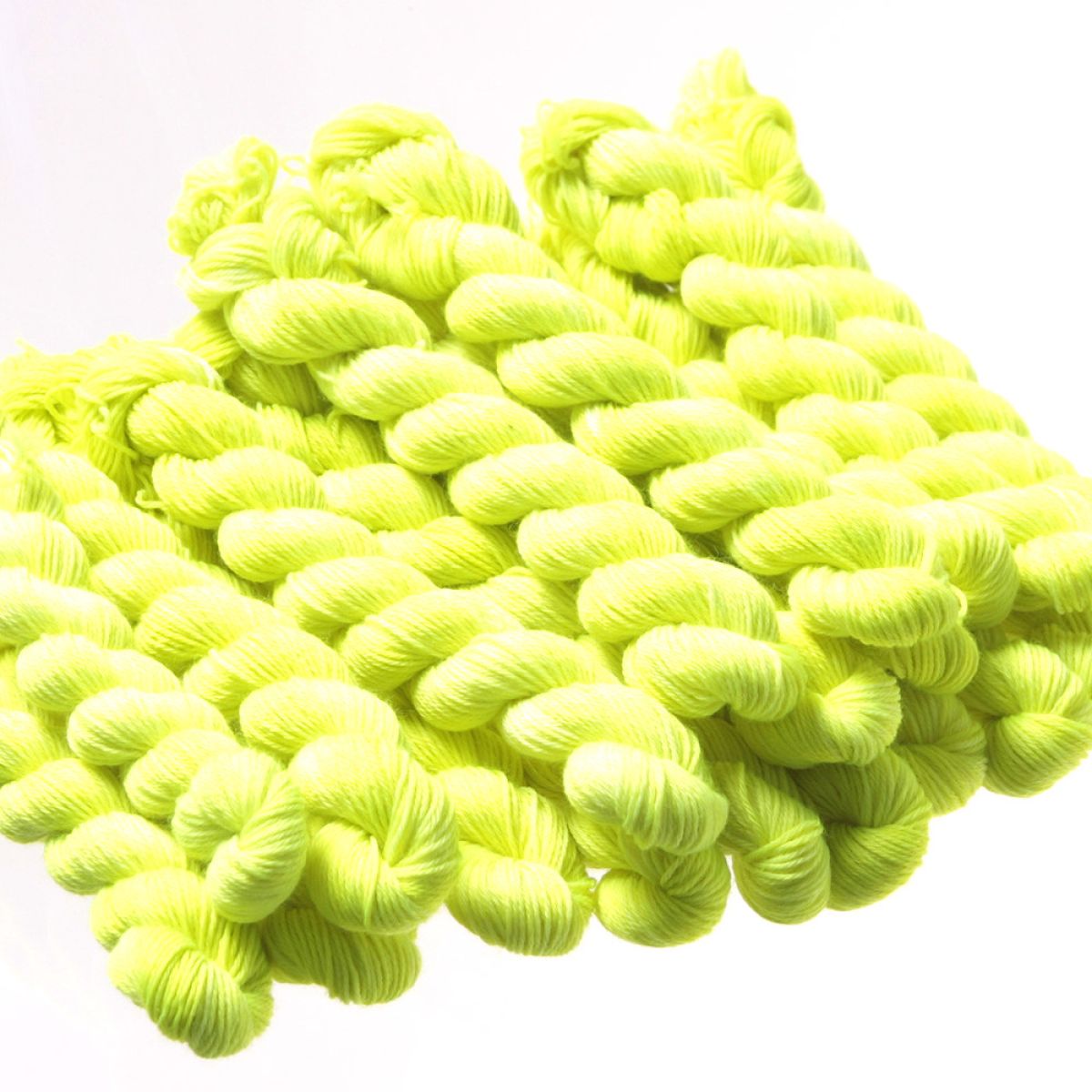Have you ever wondered why fluorescent colors -- like you see in highlighters or clothing dyes, for instance - seem so much brighter than other colors? It's because they seem to reflect more light than they receive! It may sound like a magic trick, but it makes sense if you think about the fact that the light you can see is only a small section of the larger spectrum of energy all around you.
Regular, non-fluorescent colors appear to our eyes when objects absorb some wavelengths of light, and reflect others. For example, a yellow pencil looks yellow because its paint reflects the wavelength of yellow light, and absorbs the other wavelengths. Fluorescent colors also reflect or absorb colors in the visible spectrum, but that extra glow in fluorescent colors comes from energy we humans don't see--ultraviolet light.
Ultraviolet light, or UV, is just beyond visible violet in the spectrum. Its wavelength is too short to be visible to the naked eye, but you see it working when fluorescent colors glow! Regular dyes just absorb UV along with all the other wavelengths they don't reflect, so you don't see any evidence of it. But fluorescent dyes contain substances that respond to UV. Some of the molecules in these fluorescent dyes are excited by UV energy, and afterwards, as the energy level within these molecules decreases, they release part of that extra energy as visible light.
So fluorescent dyes turn invisible energy into visible light--that's how the magic trick works! They don't reflect more energy than they receive, but they do reflect more visible light, converted from parts of the spectrum we can't see.










